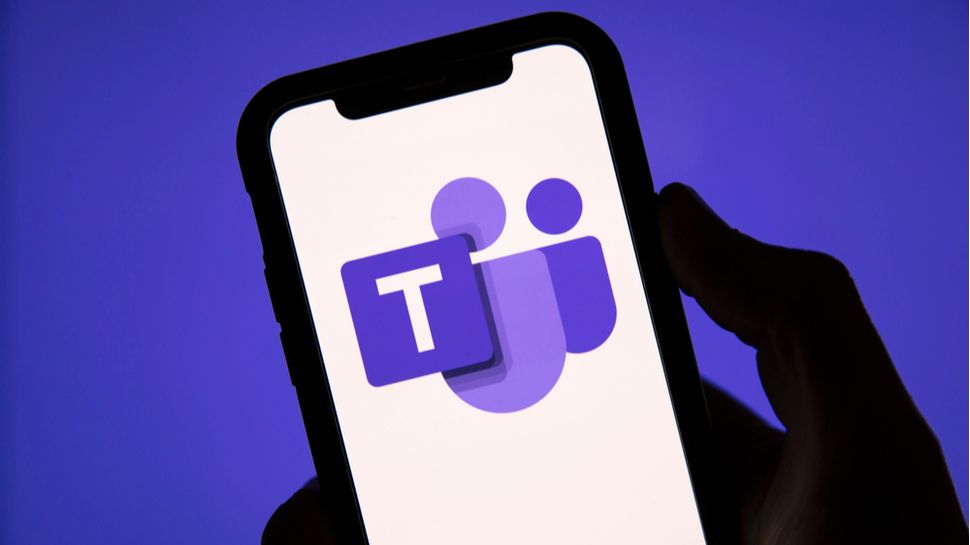Introduction
In today’s fast-paced digital world, remote collaboration has become more crucial than ever. As businesses embrace platforms like Microsoft Teams to facilitate virtual meetings and conferences, the need for efficient identification and personalized experiences has grown. Microsoft is taking a step forward by introducing a facial recognition tool within Teams, aiming to enhance both collaboration and security. This article explores the features, benefits, and potential concerns surrounding Microsoft Teams’ facial recognition tool.
Understanding Microsoft Teams Facial Recognition
Microsoft Teams’ facial recognition tool, known as “People Recognition,” utilizes advanced facial recognition algorithms to identify users in video conferences and meetings. This tool aims to provide personalized experiences and streamline the identification process for participants. By enrolling their face, users can create a unique “face profile” within the Teams platform.
The Benefits of Facial Recognition in Microsoft Teams
Streamlining Meeting Entry
The facial recognition feature in Microsoft Teams aims to expedite the identification of participants as they join a call on the Teams Rooms platform. By enrolling their face, users can quickly be identified and granted access to meetings, eliminating the need for manual identification processes.
Personalized Experiences
With People Recognition, Microsoft Teams Rooms equipped with intelligent cameras can identify attendees who have enrolled their faces. This allows for personalized experiences during meetings, as the platform can label the identity of each participant for both in-room and remote attendees.
Enhanced Security Measures
Facial recognition adds an additional layer of security to Microsoft Teams meetings. By verifying the identity of participants, organizations can prevent unauthorized access and ensure that only verified individuals can join sensitive discussions.
The Functionality of People Recognition
Face Enrollment Process
To utilize the People Recognition feature, users must enroll their face within the Microsoft Teams platform. During the face enrollment process, the algorithm creates a unique “face profile” for each user. This profile serves as a reference for subsequent meetings, allowing for seamless identification.
Intelligent Cameras and Attendee Recognition
Teams Rooms meetings equipped with intelligent cameras can leverage the facial recognition feature to recognize enrolled attendees. These cameras can identify the facial profile of participants, displaying their identity to all meeting participants, whether they are in-room or joining remotely.
Fine-Tuning and Expected Rollout
Microsoft is continuously fine-tuning the facial recognition feature to ensure optimal performance. As of now, the expected rollout start date for People Recognition is December 2023. Once released, the feature will be available to Teams users worldwide on both Windows and Mac platforms.
Privacy and Security Considerations
While facial recognition offers several benefits, it also raises privacy and security concerns. Microsoft acknowledges these concerns and emphasizes the importance of protecting user privacy. Here are some key considerations:
Consent and User Control
Microsoft ensures that users have full control over their facial recognition data. Users must actively enroll their face and consent to participate in the People Recognition feature. At any time, users can choose to disable or delete their face profile.
Data Protection and Compliance
Microsoft is committed to complying with data protection regulations, such as the General Data Protection Regulation (GDPR). The facial recognition data collected within Teams is subject to Microsoft’s robust privacy and security measures.
Transparent Practices
Microsoft maintains transparency regarding the collection and usage of facial recognition data. Users can find detailed information about how their data is processed and stored in Microsoft’s privacy policy.
The Evolution of Microsoft Teams
Microsoft Teams has been continuously evolving to provide an immersive and engaging collaboration experience. In addition to facial recognition, Microsoft has introduced several other features to enhance the platform:
Immersive Spaces
Immersive Spaces in Microsoft Teams offer users the ability to transform their meetings into a 3D experience. By selecting various 3D locations or settings, users can create a unique backdrop for their video conferences, fostering a more engaging and interactive environment.
Virtual Avatars
Microsoft Teams virtual avatars allow users to substitute themselves with animated alter-egos during video calls. These avatars offer enhanced customization options and add a touch of fun to the overall Teams calling experience.
Conclusion
Microsoft Teams’ facial recognition tool, People Recognition, represents a significant step forward in streamlining meeting entry, providing personalized experiences, and enhancing security. By utilizing advanced facial recognition algorithms, Teams can identify and label participants, ensuring seamless collaboration in both in-room and remote scenarios. While privacy and security concerns exist, Microsoft’s commitment to user consent, data protection, and transparency addresses these issues. With continuous updates and innovative features like immersive spaces and virtual avatars, Microsoft Teams continues to be a leading platform for remote collaboration. Embrace the power of facial recognition in Microsoft Teams and elevate your virtual meetings to new heights of productivity and security.
Additional Information
- Facial recognition enhances efficiency and security in Microsoft Teams meetings.
- Users can enroll their face to create a unique face profile within Teams.
- Teams Rooms equipped with intelligent cameras recognize enrolled attendees.
- Facial recognition raises privacy and security concerns that Microsoft addresses.
- Microsoft Teams offers additional features like immersive spaces and virtual avatars.
PRIMARY KEYWORD: Microsoft Teams Facial Recognition


No comments! Be the first commenter?